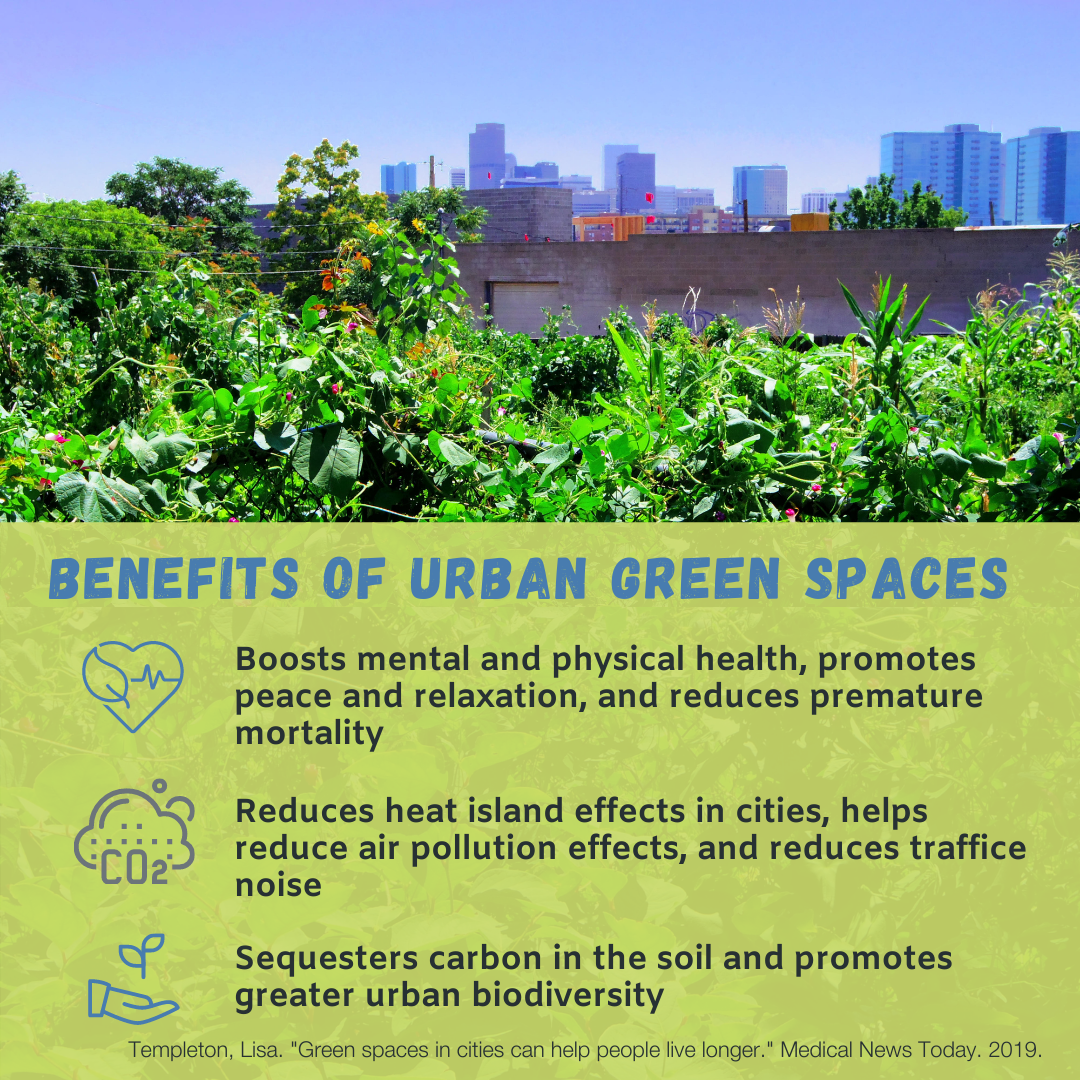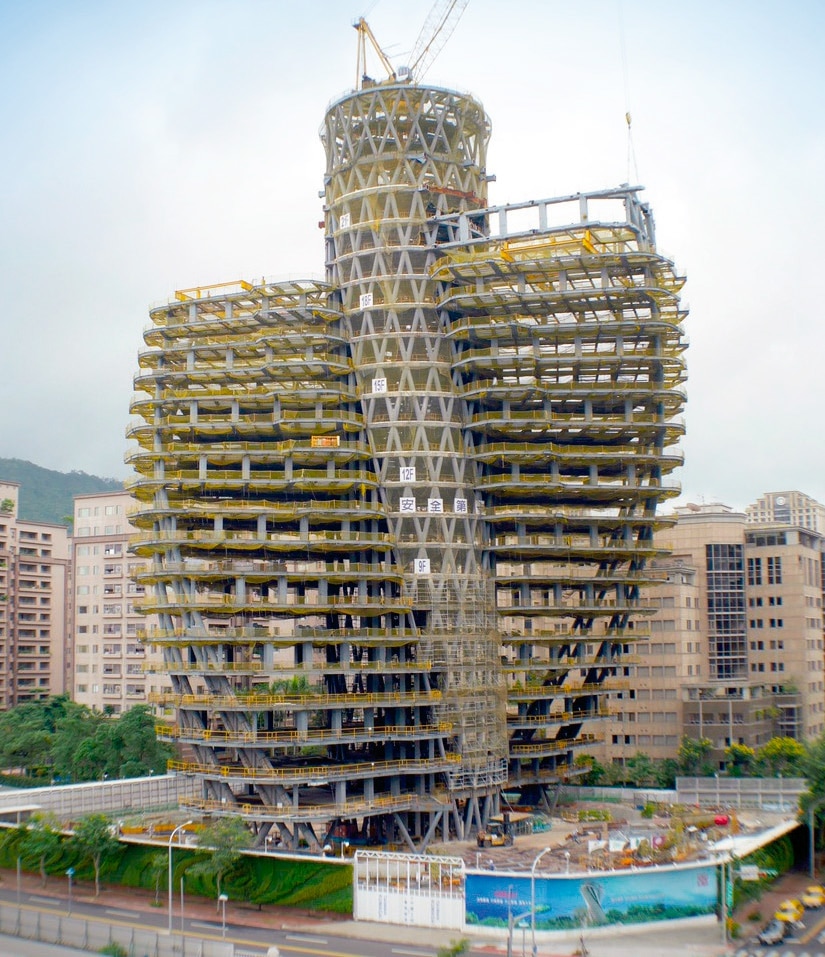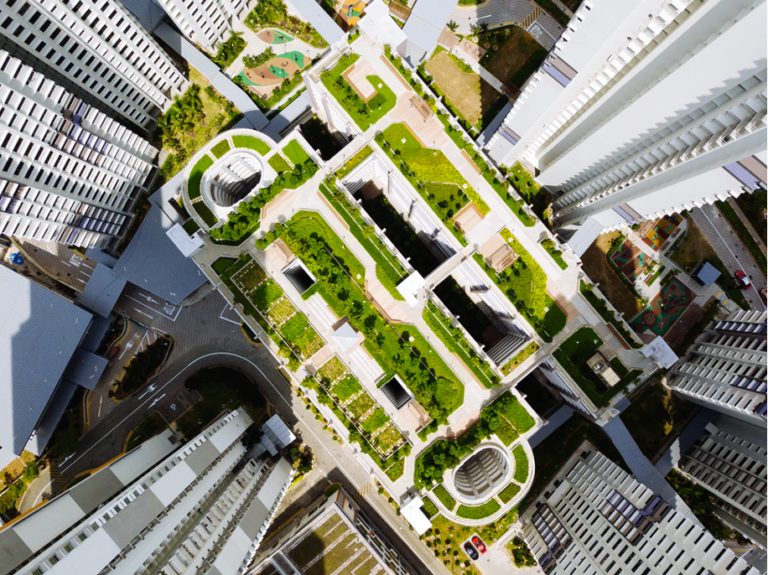How Does Architecture Integrate Nature And Green Spaces Into Urban Settings?

Urban green spaces, such as parks and gardens, are an essential part of any city's landscape. They provide numerous benefits to city dwellers and help to improve the overall quality of life for residents. In this article, we will explore the importance of urban green spaces and why they should be prioritized by city planners and policymakers.
1. Health benefits: Urban green spaces have been shown to significantly improve physical and mental health among residents. Spending time in nature has been linked to reduced stress levels, higher levels of physical activity, and improved mental health. Studies have also shown that proximity to green spaces can reduce the risk of obesity, heart disease, and respiratory illness.
2. Social benefits: Urban green spaces provide a communal area for residents to gather and socialize. It is a space for residents to connect with one another and build a sense of community. Parks and gardens also provide a safe place for children to play and engage in physical activity.
3. Environmental benefits: Urban green spaces help mitigate the effects of climate change by reducing the urban heat island effect and improving air quality. Green spaces enable the absorption of harmful pollutants and help to regulate the temperature in cities.
4. Economic benefits: Urban green spaces have economic benefits for both residents and the city as a whole. They increase property values and attract more visitors and tourists to the city. This, in turn, generates revenue for local businesses and creates job opportunities.
5. Biodiversity benefits: Urban green spaces provide a habitat for local wildlife and support biodiversity in cities. Parks and gardens provide a safe space for birds, insects, and other animals to thrive, which contributes to a healthy ecosystem.
6. Community involvement: Urban green spaces provide opportunities for residents to get involved in their community. Community gardens, for example, provide a space for residents to grow their own food and take part in a collaborative effort to improve their neighborhood. This sense of involvement and ownership can help to improve overall community satisfaction.
7. Education benefits: Urban green spaces provide a space for education and learning. Parks and gardens can be used as outdoor classrooms where children can learn about nature and sustainability. These spaces can also be used to promote environmental awareness and conservation efforts among city residents.
8. Mental wellbeing: Urban green spaces are proven to have significant impacts on mental wellbeing. They provide a calm and relaxing environment that can help to reduce stress levels and improve mood. In addition, the physical activity that is associated with spending time in green spaces can help to promote mental wellbeing and reduce the risk of depression and anxiety.
Frequently Asked Questions:
Q: Do urban green spaces only benefit residents?
A: No, urban green spaces benefit the entire community, including businesses and local government.
Q: Are urban green spaces expensive to maintain?
A: While there is a cost associated with maintaining urban green spaces, the benefits they provide far outweigh the cost.
Q: How can individuals get involved in supporting urban green spaces?
A: There are many ways to get involved in supporting urban green spaces, including volunteering with local parks and gardens, attending community meetings to voice your support, and donating to local organizations that promote green initiatives.
Q: Are there any downsides to urban green spaces?
A: While there are no major downsides to urban green spaces, some critics argue that they can contribute to gentrification and displacement of low-income residents. However, with proper planning and community involvement, these issues can be addressed and mitigated.
Q: How can city planners prioritize urban green spaces in their plans?
A: City planners can prioritize urban green spaces by incorporating them into their development plans, allocating funding for maintenance and upkeep, and seeking input and feedback from the community on their desires and needs.
Q: How can urban green spaces be made more accessible to all residents?
A: Urban green spaces can be made more accessible to all residents by ensuring that they are located in areas that are easily accessible by public transportation, providing amenities such as benches and shaded areas for those with physical limitations, and engaging with the community to understand their needs and desires.
Overall, urban green spaces play an essential role in the health and well-being of city dwellers. They provide numerous benefits, including improved physical and mental health, social interaction, environmental sustainability, economic benefits, community involvement, education, and mental wellbeing. It is critical that these spaces are prioritized by city planners and policymakers to ensure a healthy and vibrant community for all residents.




Post a Comment for "How Does Architecture Integrate Nature And Green Spaces Into Urban Settings?"